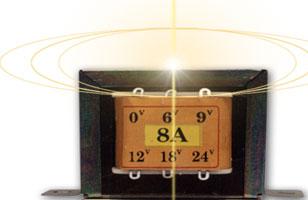Switching Regulators by Watlt Kester, Brian Erisman
This paper will detail the operating principles of the four most commonly used switching converter types:
Buck: used the reduce a DC voltage to a lower DC voltage.
Boost: provides an output voltage that is higher than the input.
Buck-Boost (invert): an output voltage is generated opposite in polarity to the input.
Flyback: an output voltage that is less than or greater than the input can be generated, as well as multiple outputs. Also, some multiple-transistor converter topologies will be presented:
Push-Pull: A two-transistor converter that is especially efficient at low input voltages.
Half-Bridge: A two-transistor converter used in many off-line applications.
Full-Bridge: A four-transistor converter (usually used in off-line designs) that can generate the highest output power of all the types listed. Application information will be provided along with circuit examples that illustrate some applications of Buck, Boost, and Flyback regulators



 Tính toán quấn máy biến áp 1 pha tần số 50Hz
Tính toán quấn máy biến áp 1 pha tần số 50Hz  Cấu tạo, nguyên tắc hoạt động của Transitor
Cấu tạo, nguyên tắc hoạt động của Transitor  Nguyên lý và sử dụng nguồn xung hay bộ biến đổi nguồn DC-DC
Nguyên lý và sử dụng nguồn xung hay bộ biến đổi nguồn DC-DC  Làm LED trái tim với 8501
Làm LED trái tim với 8501  Ký hiệu, Hình dạng, kiểm tra, Xác định chân Transitor
Ký hiệu, Hình dạng, kiểm tra, Xác định chân Transitor 

